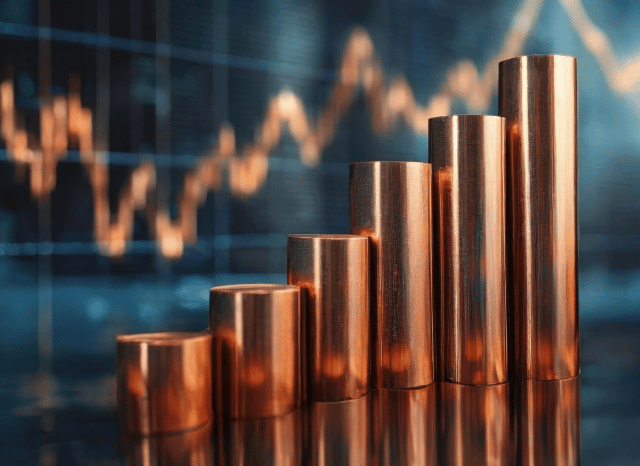
The strategic metals powering the Electricity transition are actually centre stage in geopolitics and sector.
After confined to market scientific and industrial circles, rare earth elements (REEs) have surged into world headlines—and permanently purpose. These seventeen components, from neodymium to dysprosium, tend to be the constructing blocks of recent technological know-how, actively playing a central function in everything from wind turbines to electric car or truck motors, smartphones to defence systems.
As the globe races towards decarbonisation and digitalisation, need for REEs is soaring. Their position in the Vitality transition is significant. High-efficiency magnets manufactured with neodymium and praseodymium are important to the electric motors Utilized in the two EVs and wind turbines. Other REEs like europium and terbium are valuable for lighting, displays, and optical fibre networks.
But supply is precariously concentrated. China currently prospects the sourcing, separation, and refining of uncommon earths, managing much more than eighty% of global output. This has still left other nations scrambling to construct resilient supply chains, cut down dependency, and safe entry to these strategic resources. As a result, scarce earths are no more just industrial resources—They are geopolitical assets.
Buyers have taken Notice. Interest in exceptional earth-connected shares and exchange-traded money (ETFs) has surged, pushed by both equally the growth in clean up tech and the desire to hedge versus supply shocks. Still the market is intricate. Some businesses are still during the exploration phase, Other people are scaling up production, even though a couple of are by now refining and offering processed metals.
It’s also critical to know the difference between scarce earth minerals and uncommon earth metals. "Minerals" seek advice from the Uncooked rocks—like bastnasite, monazite, xenotime, or ionic clays—that contain uncommon earths in organic kind. These call for intensive processing to isolate the metallic aspects. The expression “metals,” On the flip side, refers back to the purified chemical aspects Utilized in large-tech programs.
Processing these minerals into usable metals is pricey. Beyond China, couple nations around the world have mastered the complete industrial procedure at scale, although places like Australia, the U.S., Vietnam, and Brazil are working to alter that.
Demand is remaining fuelled by various sectors:
· Electric mobility: magnets in motors
· Renewable energy: specially wind turbines
· Client electronics: smartphones, laptops, sensors
· Defence: radar, sonar, precision-guided methods
· Automation and robotics: significantly critical in industry
Neodymium stands out as a particularly important unusual earth because of its use in highly effective magnets. Other people, like dysprosium and terbium, enrich thermal stability in large-performance programs.
The unusual earth sector is volatile. check here Costs can swing with trade policy, technological breakthroughs, or new provide sources. For investors, ETFs supply diversification, when immediate stock investments include increased threat but perhaps larger returns.
What’s apparent is that rare earths are now not obscure chemical curiosities—they’re strategic resources reshaping the worldwide financial state.